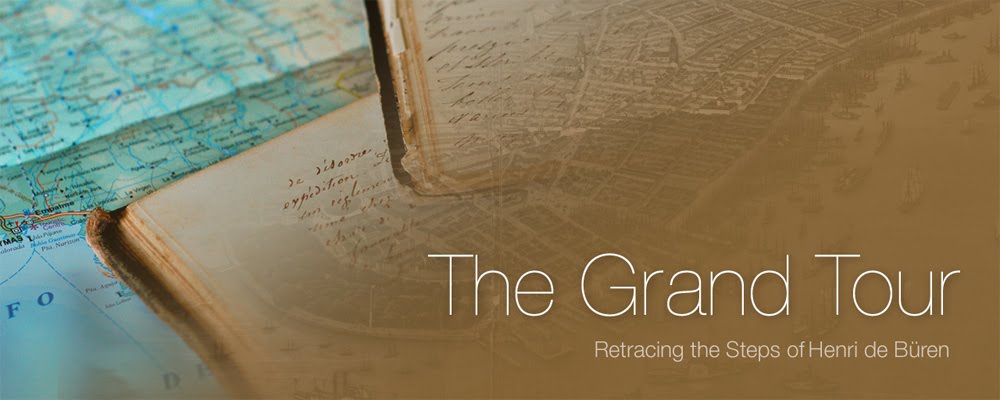While the settlement of Caballococha would be a failure, de Schütz was still under contract with the Peruvian government to bring more emigrants to Peru. The most important legacy of de Schütz is the town of Pozuzo, Peru. Swiss photographer Luca Zanetti made a visit to Pozuzo in 2008 and the following images are from his time there. For more images please visit his site (http://www.fotozanetti.com/).

83-year-old Bernardo Müller Hoffman with his nice Jesli Eliana Gonzalez Müller.

3 month old Jonathan Witting Schuler with relatives

Catalia Witting Koell

Geographical isolations has been one of the guarantors of traditions
Overview of Pozuzo's History from Luca Zanetti's website
Living conditions where hard in most of Europe and 180 Tyrolese first followed the call to find a new home. Around half of the people came from the Oberinntal towns of Silz, Haming and Zams. They said goodbye to their relatives on the 16th of March 1857. At the port of Antwerp the Tyrolese met with Germans from Moseltal and Wiedtal; the number of people leaving increased to 300. On March 30th 1857 they all left on board of the British ship Norton. After 4 month at sea the immigrants suffer the first of a long series of bitter disappointments. After their arrival at the port of Huacho by Lima they learned that the trail from Cerro de Pasco in the Andes that was supposed to bring them to Pozuzo the new colony had not been build as had been promised by the contract signed by the Peruvian government.
Many unmarried craftsmen decided to leave the group and settle elsewhere in Peru. The families though had to stay together and decided to build the trail themselves under tremendous hardship. After having spend the first rain season in Acobamba they moved their makeshift camps to Santa Cruz and from there in May 1858 finally some of the men arrived to the place assigned to them on the Huancamba River. There they began clear the jungle forest, divide the land and started building small huts. It wasnt until early summer 1859 after two years with a population decimated to 165 from the original 300 that a permanent settlement the Colony of Posuzo finally began. They had arrived at their destination but they stood in the middle of the jungle far away from the settlements in the high Andes with few indigenous people in the area that where struggling themselves for survival.
Today: Pozuzo a town of 750 inhabitants also gives the name to the district in the department of Pasco. The district 140.000 Hectares between 500 to 3000 meter of altitude has around 7000 inhabitants and 58 small settlements of which around 40 can only be reached by foot or with mule, the population is about 50/50 between locals and descendants of the Austro German Colonists. Geographical isolation the 80Km road from Pozuzo to Oaxapampa was only build in 1975 is often closed for weeks during the rainy season October to April due to mud slides has condemned the region to an economy of subsistence farming. Poverty and unemployment are a feature of the region with many people leaving to search for better opportunities in the cities or abroad.


Terribly interesting. I'm heading now to the web to find out more about this isolated place in the Andes.
ReplyDeleteThere's a book by Elisabeth Habicher Schwarz named "Pozuzo: tiroleses, renanos y bávaros en la selva del Péru"... there's also a german version, these books are very well documented and had a lot of pictures, the author with his husband retraced the route followed by the german settlers from Lima to Pozuzo. Also there is the entire list of the original german settlers.
ReplyDeleteEduardo Salazar